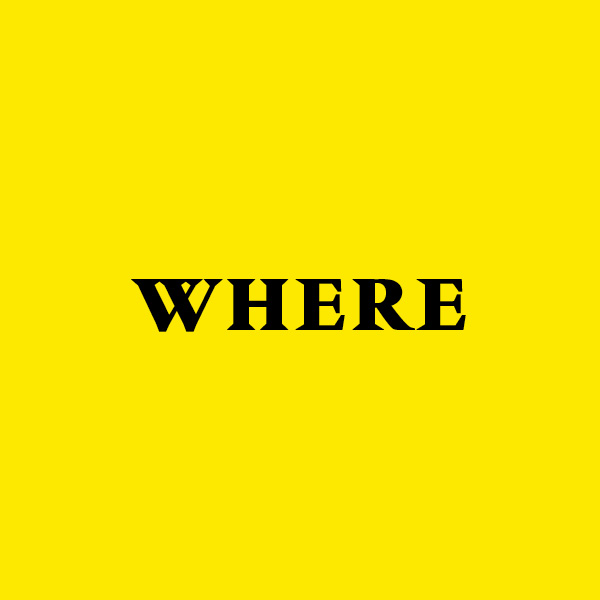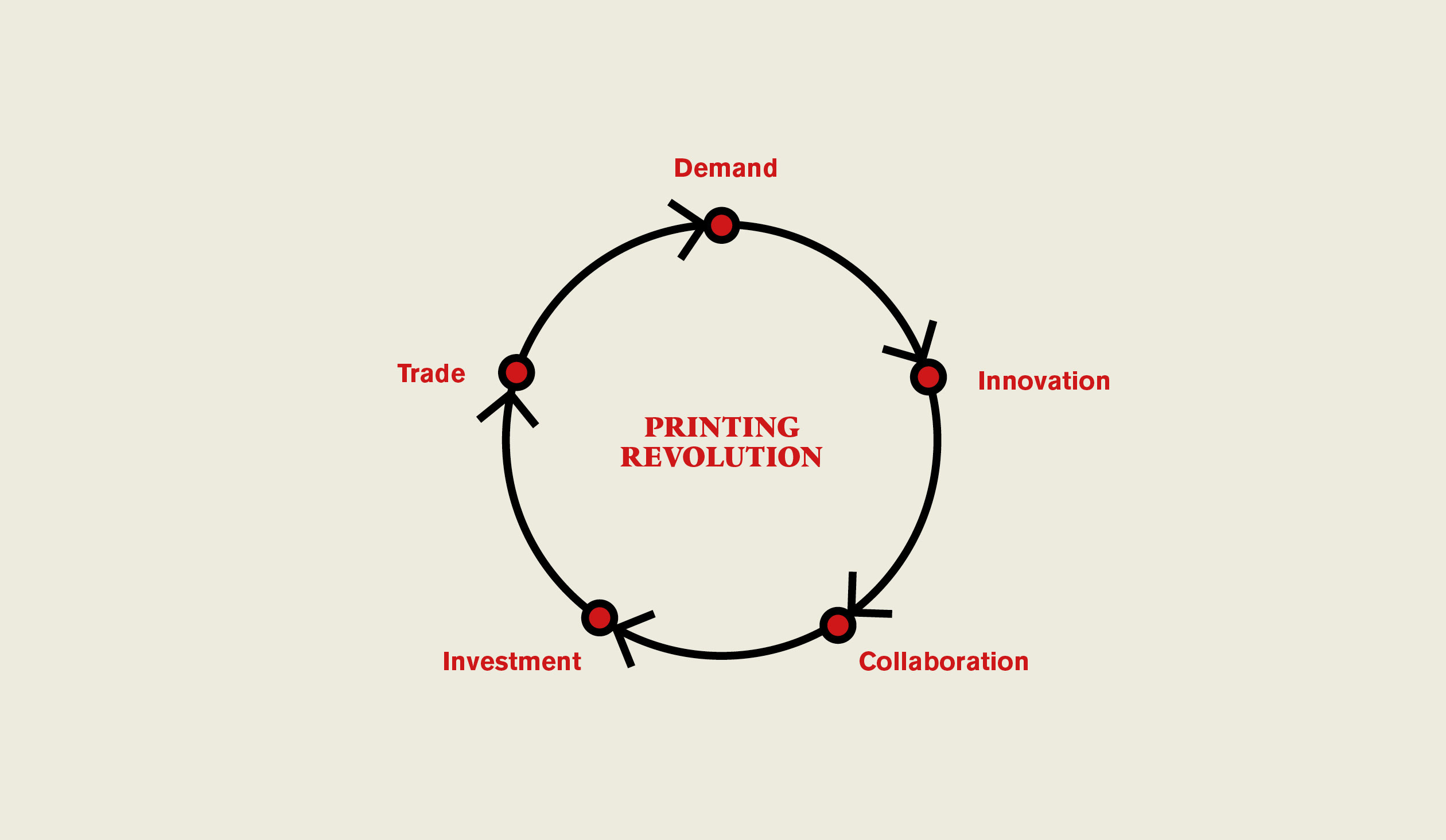Project Description
Where

Printing R-Evolution 1450-1500. Fifty Years that Changed Europe
Where
Millions of books were printed and distributed around Europe by 1500.
Printing places in Europe
A map with all places in which printing shops were set up by the year 1500
Today we still have around 28,000 editions in about 500,000 copies, preserved in over 4,000 public libraries, mostly in Europe and North America.
The first 20 years
In 2019 the exhibition Gutenberg & After. Europe’s First Printers 1450-1470 was curated by Paul Needham and Eric White at Princeton University Library. Topics include An Introduction to the Printing Process; The beginning of printing in Mainz; The Gutenberg Bible; Fust and Schoeffer in Mainz; The Catholicon Press; Early Mainz Printing Used as Binding Waste; Beyond Mainz: The Diaspora of Printing Shops; Printing Virgil Across Europe; Epilogue: 1470 & After.
Explore the exhibition online:
Printing in Venice
A map of the location of a number of printing shops operating in Venice, based on archival research
Source: The Venice Time Machine Project; Needham 1998; Dondi 2004
In Venice, not one, but 200 printing shops transformed innovation into a new, successful, business. Today only one of them seems to be remembered, that of Aldo Manuzio. He was a scholar who introduced innovation in typography and book design (invention of Italic fonts and of modern punctuation, promotion of the pocket book format for the classics, of text correctness, of Greek and Hebrew scholarship), and his role as a promoter of European scholarship is justly recognised, but cannot be taken as representative of the social mobility and changes that the Venetian press, and printing in general, brought about to European society. Quantity, not quality, ultimately made the difference.
A new profession
The printer, a new profession based on collaboration; mariegole, confraternities

What made the printing revolution
Venetian books reached every part of Europe. DEMAND + INNOVATION + COLLABORATION + INVESTMENT + TRADE made the printing revolution. Does it ring a bell?
